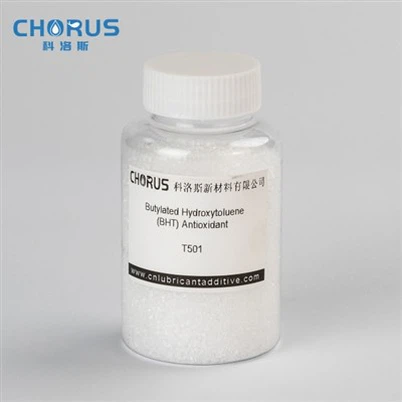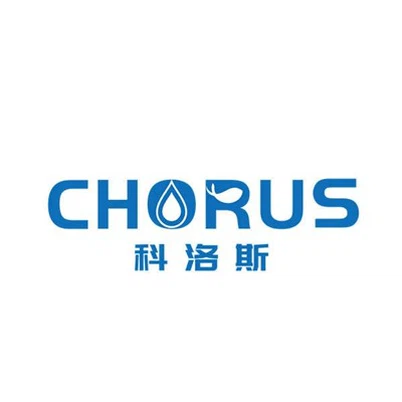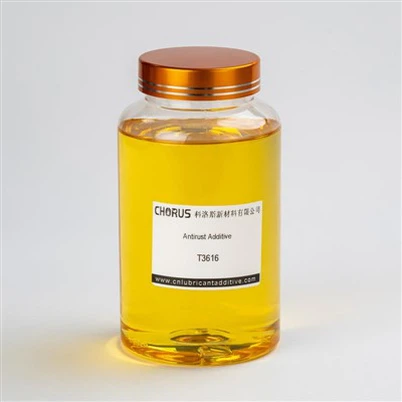4 Banned Additives in Metalworking Fluids.
Leave a message
These days, environmental rules are getting stricter, and people are more aware of eco-friendly practices. Because of this, metalworking fluids (like cutting oils and synthetic cutting fluids) now have stronger limits on harmful additives. So-what chemicals are actually banned or limited in the metal working fluids nowadays?

Rust Inhibitors
There are 2 groups of rust inhibitors widely used in metalworking fluids: water-soluble and oil-soluble.
Water-soluble additives include sodium nitrite, benzotriazole, boric acid, triethanolamine, phosphates, and others. They react with metal surfaces to form an insoluble, dense oxide film that block the future corrosion process.
For example, sodium nitrite is an anodic passivator. It offers excellent corrosion protection for ferrous metals at very low cost. It forms a dense oxide layer on the metal surface that prevents further corrosion.
Because of its strong corrosion-inhibiting performance and low cost, it was widely used in metalworking fluids.
However, since the 1990s, most countries have banned or restricted nitrites because nitrites can react with amines in metalworking fluids to form nitrosamines, which are potent carcinogens and are harmful to people.
Oil-soluble rust inhibitors include sulfonates, amines, phosphate esters, e.g., petroleum calcium sulfonate, zinc naphthenate, imidazoline, and succinic acid half ester.
These highly polar chemicals preferentially adsorb onto metal surfaces or react to form a protective film. This barrier prevents contact between the metal and oxygen/water to stop rust.
Amines
The main challenge facing amines is that some secondary amines (such as diethanolamine and morpholine) can combine with nitrite to form nitrosamines, a potent carcinogen. Consequently, they are subject to strict restrictions in Europe, the United States, Japan, and other regions.
The current industry trend is to reduce the use of ethanolamines.
Emulsifiers
Alkylphenol polyoxyethylene ethers (NPEs) have been widely used in metalworking fluids and various industrial fields for decades due to their excellent performance and low cost.
In metalworking fluids, NPEs are often used as emulsifiers (to emulsify oil-based cutting fluids), cleaning agents (to help remove oil stains in cleaning agents), and wetting agents. Due to NPE's potential interference with the endocrine and reproductive systems of aquatic organisms, mammals, and even humans, most countries have banned or restricted the use of this toxic chemical.
Extreme Pressure Additives
Chlorinated paraffins, used as EP/AW in cutting fluids, have been banned or restricted in various countries due to concerns such as carcinogenicity and post-processing environmental pollution. Short-chain chlorinated paraffins (SCCP C10-13) in particular have been clearly demonstrated to pose significant environmental risks and are listed as carcinogens, leading to their use being banned in most countries.
Alternatives to Chlorinated Paraffins
Polyesters/Synthetic Esters
These additives provide lubricity and extreme pressure through a specially designed molecular structure (typically an esterified polymer of a polyol and a polyacid).
These ester-based EP/AW additives typically do not contain sulfur, phosphorus, or chlorine, fully eco-friendly. They also offer excellent lubricity and can be used as a booster for sulfur-phosphorus EP/AW additives in some metalworking formulas to replace chlorinated paraffins.
Sulfur-based EP additives
These additives contain active or inactive sulfide, which chemically reacts with iron to form an iron sulfide film on the metal surface with extreme pressure properties. They offer excellent extreme pressure and anti-wear properties, effectively preventing welding on metal surfaces under harsh conditions.
These sulfur-contain additives are suitable for oil-based systems used in high-load cutting, drilling, gear machining, and other applications. However, the metalworking engineers should be aware that active sulfur may corrode copper and copper alloys, and copper passivators may reduce the side effects of active sulfide.
Sulfonates
These additives utilize the alkaline component (calcium carbonate with a special crystalline structure) in their colloidal structure to deposit on metal surfaces under extreme pressure, providing an anti-wear effect. These calcium sulfonates provide both EP/AW and rust prevention.
Calcium Sulfonates are almost harmless to humans and the environment, making them suitable for a wide range of metalworking oils and fluids.
Waste Cutting Fluid
Waste Cutting Fluids are listed on the National Hazardous Waste List. Any person or company who commits Illegal discharge, dumping, or disposal of waste cutting fluid may result in serious environmental violations and may even result in criminal penalties.
Waste Cutting Fluid






